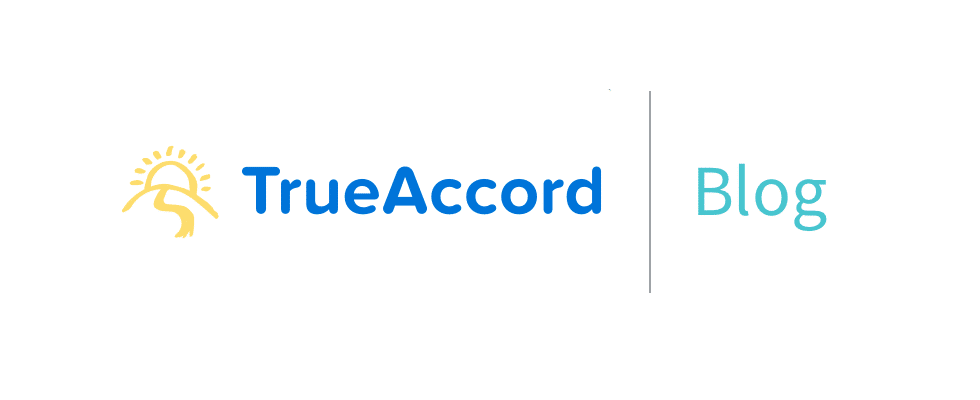
San Francisco, CALIFORNIA – (November 28, 2018) – TrueAccord (www.trueaccord.com), the first-of-its-kind tech platform that transforms the antiquated debt recovery industry, announced today that financial industry veteran Sheila Monroe has been named Chief Operating Officer. Monroe joins TrueAccord from Barclays and brings more than 30 years of financial services and collections experience to the leading fintech debt recovery company. The company also announced the appointment of collections law specialist, Kelly Knepper-Stephens as Vice President of Legal and the promotion of Lapis Kim as Vice President of Finance and Analytics.
Monroe, Knepper and Kim join TrueAccord’s growing diverse C-Suite and strong female leadership team. Monroe will take over day-to-day key operating processes and manage many of the company’s key internal functions, including: critical financial institution client relations and onboarding, call center operations and strategic planning. At Barclays, Monroe was Managing Director of Group Operations where she established the operations strategy and technology roadmap for Barclays Collection and Recoveries Operations worldwide. Most recently, she was the COO of Simplicity Payments LLC and helped the healthcare financial service startup develop operational capability to move from pilot phase to product launch.
“Sheila brings Fortune 100, top bank industry experience to TrueAccord and will play a critical role in driving our next growth phase as she takes over daily operations,” said Ohad Samet, chief executive officer, TrueAccord. “Her extensive financial and recoveries pedigree at one of the largest banks in the world, coupled with her demonstrated ability to effectively navigate sensitive regulatory environments will lead TrueAccord in continued growth and impeccable execution.”
Kelly Knepper-Stephens joins TrueAccord from Stoneleigh Recovery Associates, where she specialized in local debt collection regulations. This year, Kelly was named one of Collection Advisor’s “20 Most Powerful Women in Collections” and was also listed as one of the “25 Most Influential Women in Collections” in 2016.
TrueAccord has also promoted Lapis Kim, who serves as Vice President of Finance and Analytics. Having led and built high-performance finance and analytics teams, as well as taken over key financial and strategic planning processes for the company, Lapis is now taking a seat at the table as part of the company’s executive leadership team.
“TrueAccord is an innovative company that is using technology to transform an incredibly antiquated industry,” said Monroe. “The debt collection marketplace is in desperate need of modernization and I’m excited by the opportunity to be a part of, and advance the company’s mission of reinventing the space.”
The company now counts 5 female executives of its executive leadership team, including 2 in the C-suite.
Founded in 2013, TrueAccord is a fully automated debt recovery technology that bridges the gap between the creditor and the roughly 77 million Americans who currently have debt in collections. The system uses behavioral analytics, machine learning, and a humanistic approach – the first time the antiquated (and often menacing) debt collection system has been challenged in decades. Over 25 percent of consumers contacted by debt collectors feel threatened. The TrueAccord platform was built with the goal of disrupting debt collection with AI, transparency, and most importantly – compassion.